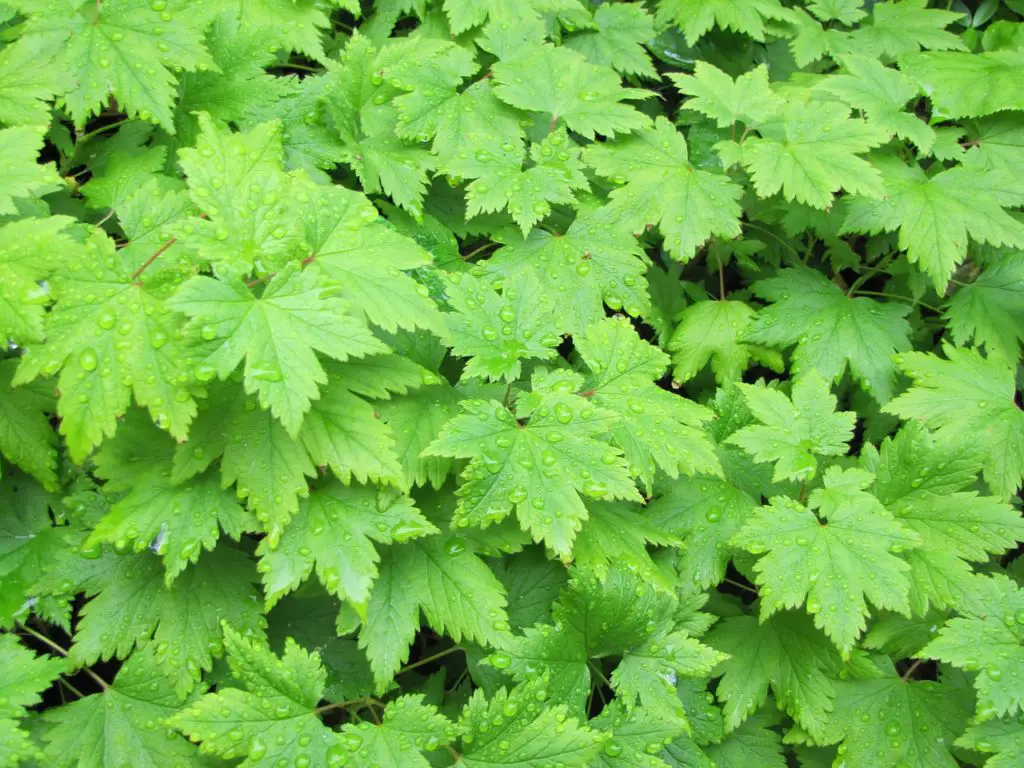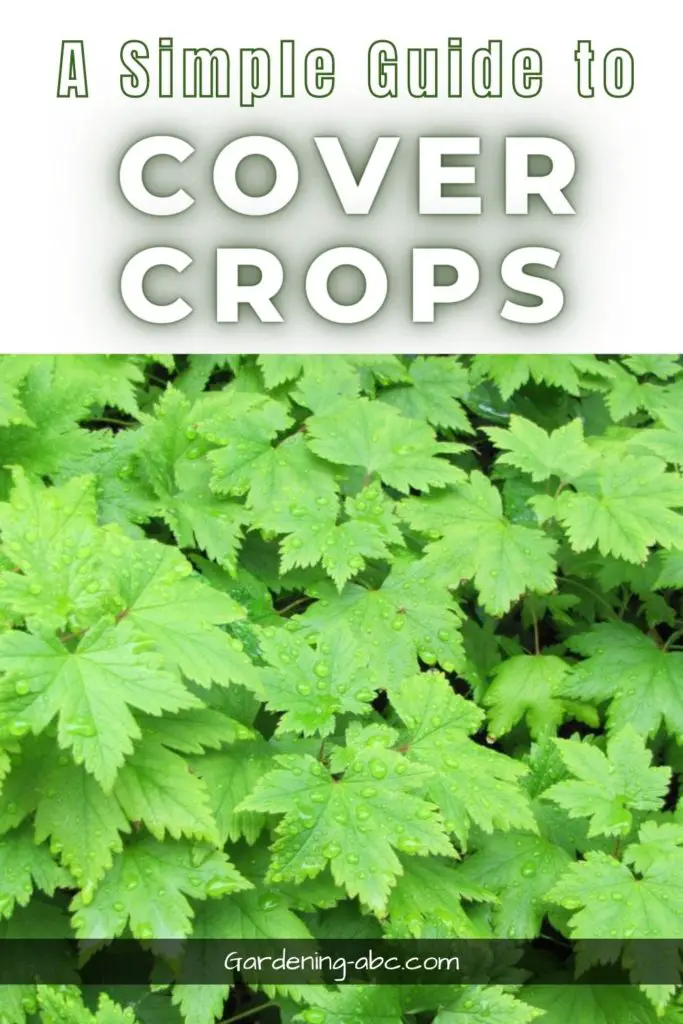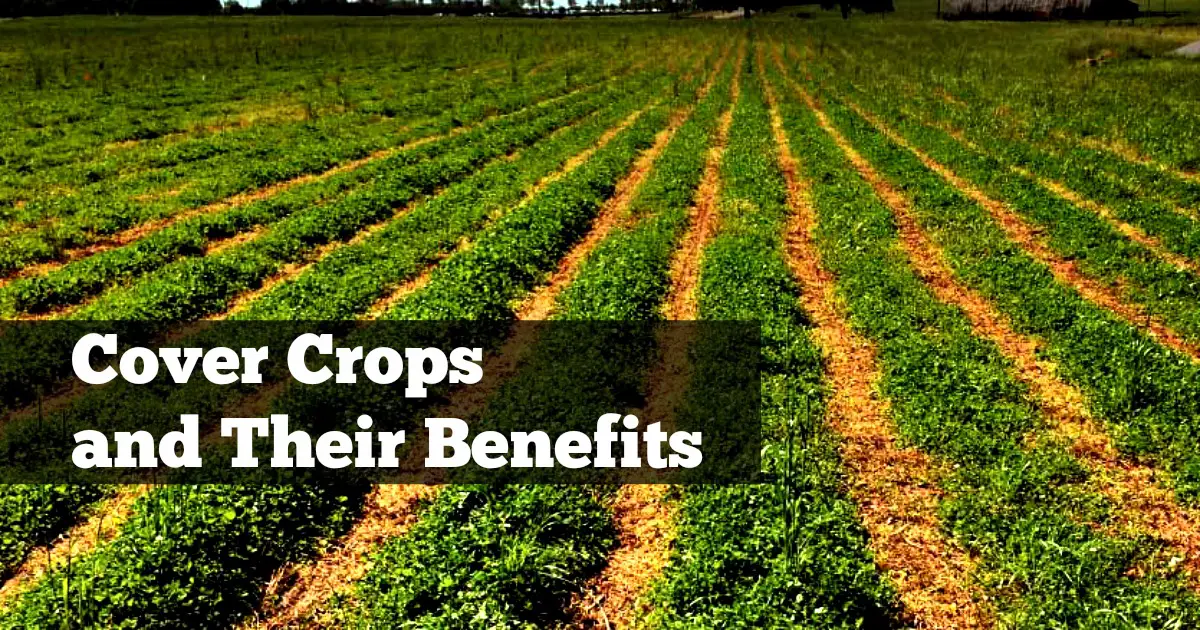We use affiliate links to run our site. When you buy through links on our site, we may earn an affiliate commission, without any added cost to you. Learn more
What Are Cover Crops?
Cover crops
The primary function of cover crops is to improve ecosystem quality. Plant them in vacant places; they will work their way into the soil.
Cover crops are the best possible way to utilize your garden space during the off-season. It is the backbone of a sustainable annual cropping system.
Why Use Cover Crops?

The benefits of using cover crops are not only limited to the larger gardens
- You can easily give your soil a new life just by using cover crops. A revitalized soil means better crop yields in the future. A garden with cover crops means lesser fertilizer in the years to come.
- Weed control and pest control: The crops cover the weeds and prevent their growth by blocking the precious sunlight.
- Cover crops increase soil protection by enhancing water infiltration and reduce runoff, especially during monsoon.
- Cover crops especially legumes increase the nitrogen content of the soil. It helps in increasing overall plant health and increased pest-resistance.
- The plants that have tap roots, help in soil compaction.
It is very unlikely that you would get all the benefits from a single wonder plant. The key is to mix different cover crops according to
Cover Crop Seeds:
Cover crop seeds can be of Legumes, Non-legume broad leaves, and Grass. You can select the seeds as per your needs.
Just remember, While buying seeds make sure they are not genetically modified or treated with any type of herbicide or pesticide.
The key to success with cover crops is to mix different ones according the main growing plant. You will rarely get all the benefits from a single cover crop. Click To TweetCover Crop Solutions:
Technically, “any plant” can be a cover crop if it has been planted between periods of the regular crop production.
One of the easiest and most popular cover crops is grass. It can grow easily in a place where soil drainage is a problem. It is easier to grow than legumes or any other small seeded crops. The fibrous root system of the grass helps in improving soil structure.
Heavy duty shovel for both personal and professional use
Apart from grass, there are plenty of other plants like Oats, Clover, Groundnut, Soya beans, pumpkin, etc., Having said that, you should always give your local plants a priority.
One of the easiest and most popular cover crops is grass. easy to grow, than other crops. and helps improving soil structure. Click To TweetCover Crop Categories:
Cover crops can be categorized in few categories. Here are some of them:
Winter Cover Crops:
These are planted in late summer and they become functional in winter. Plants like clover, peas, rye, etc.,
Summer Green Manure Cover Crops:
Legumes such as soybean, cowpeas Non-legumes like millet or buckwheat are examples of this type. The basic purpose of using these types of plants is to improve the soil condition.
Forage Crops:
These are short rotation crops. Plants like white clover, red clover, alfalfa,etc., are some of the examples of this category.
Catch Crops:
Plants such as Rye is an excellent example of this. The primary purpose of this type of cover crops is to stop the leaching of nutrient from the soil.
Like the post? Don’t Forget to PIN IT.

Amazon and the Amazon logo are trademarks of Amazon.com, Inc, or its affiliates.

Valuable information ..I am delighted to read this article..thank you for giving us this useful information. Great walk-through. I value this post.